
Mystical Wonders of Fontein Cave
Explore the ancient Arawak rock paintings and stunning limestone formations at Fontein Cave in Aruba’s Arikok National Park.
Nestled within Arikok National Park, the Fontein Cave is a treasure trove of natural and historical wonders in Aruba. This fascinating cave is adorned with ancient Arawak Indian rock paintings that tell stories of the island's early inhabitants. The cave’s unique limestone formations and serene ambiance create an otherworldly experience for visitors. The Fontein Cave is easily accessible, making it a perfect destination for families and adventurers alike. As you walk through the cave, you can observe the captivating stalactites and stalagmites that have formed over thousands of years. The cool, dark environment offers a refreshing escape from Aruba's warm tropical climate. One of the highlights of visiting Fontein Cave is the opportunity to learn about the rich history and culture of Aruba. Local guides often share fascinating insights about the indigenous Arawak people and the significance of the cave art. This blend of natural beauty and historical significance makes Fontein Cave a must-see attraction for anyone exploring Aruba.
Local tips in Fontein Cave
- Wear comfortable shoes as the cave floor can be uneven.
- Bring a flashlight to better see the rock paintings and formations.
- Visit early in the morning to avoid crowds and enjoy a quieter experience.
- Consider hiring a local guide to gain deeper insights into the cave’s history.
- Stay hydrated and bring water, as the park can be warm.
Mystical Wonders of Fontein Cave
Nestled within Arikok National Park, the Fontein Cave is a treasure trove of natural and historical wonders in Aruba. This fascinating cave is adorned with ancient Arawak Indian rock paintings that tell stories of the island's early inhabitants. The cave’s unique limestone formations and serene ambiance create an otherworldly experience for visitors. The Fontein Cave is easily accessible, making it a perfect destination for families and adventurers alike. As you walk through the cave, you can observe the captivating stalactites and stalagmites that have formed over thousands of years. The cool, dark environment offers a refreshing escape from Aruba's warm tropical climate. One of the highlights of visiting Fontein Cave is the opportunity to learn about the rich history and culture of Aruba. Local guides often share fascinating insights about the indigenous Arawak people and the significance of the cave art. This blend of natural beauty and historical significance makes Fontein Cave a must-see attraction for anyone exploring Aruba.
When is the best time to go to Fontein Cave?
Iconic landmarks you can’t miss
Natural Bridge Aruba
Discover the Natural Bridge of Aruba, a stunning geological landmark offering breathtaking views and rich history amidst the island's natural beauty.
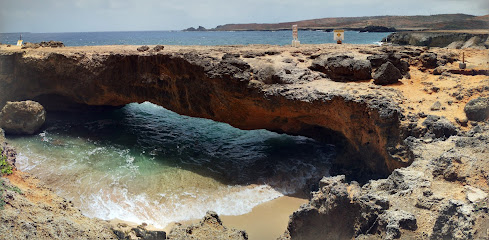
Arikok National Park
Discover the stunning landscapes and rich biodiversity of Arikok National Park, a national treasure in the heart of Aruba, attracting nature lovers and adventurers.
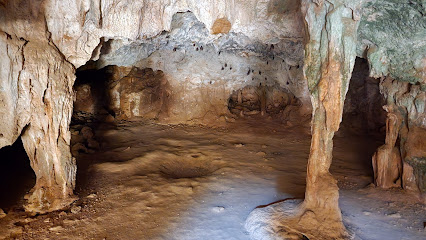
Bushiribana Ruins
Explore the Bushiribana Ruins, a historical landmark in Aruba that offers a glimpse into the island's gold mining past amidst stunning coastal views.
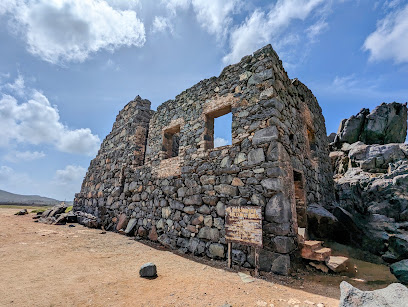
Quadirikiri Cave
Explore the enchanting Quadirikiri Cave in Aruba's Arikok National Park, a natural wonder filled with stunning rock formations and rich history.
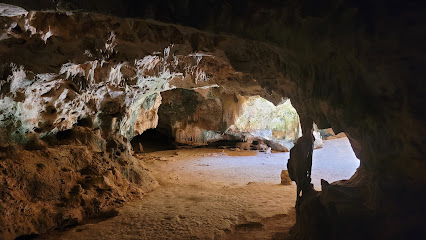
Cave Pool Aruba
Explore the enchanting Cave Pool Aruba, a natural swimming basin set against the backdrop of historic gold mine ruins, perfect for adventure and relaxation.
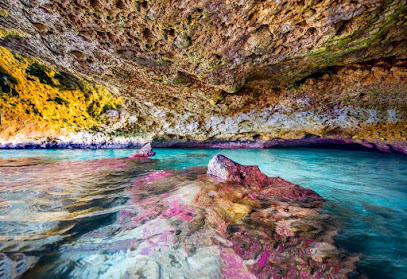
Huliba Cave
Discover the enchanting Huliba Cave in Savaneta, Aruba, a natural attraction rich in geological wonders and serene beauty.
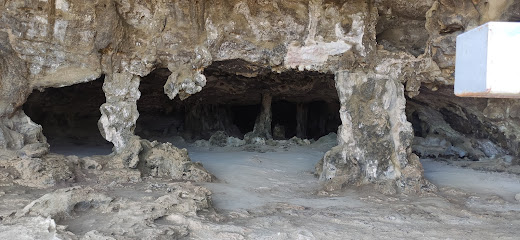
Plantage Fontein
Explore Plantage Fontein, a historical landmark in Aruba that beautifully showcases the island's rich colonial heritage amidst stunning landscapes.
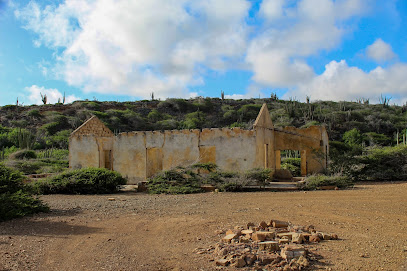
Plantage Prins
Explore Plantage Prins, a historical landmark in Santa Cruz, Aruba, where the island's rich cultural heritage and stunning landscapes converge.
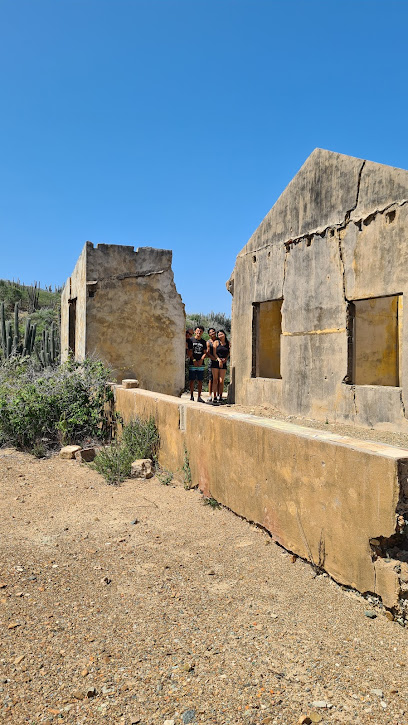
Unmissable attractions to see
Philip's Animal Garden
Experience the heart of wildlife conservation at Philip's Animal Garden, where rescued animals thrive in a beautiful tropical sanctuary in Aruba.
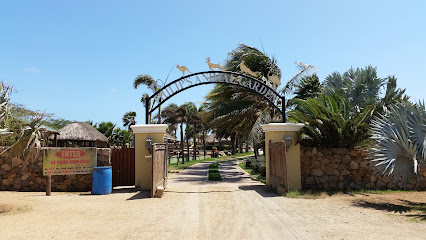
Fofoti Tree
Discover the breathtaking beauty of the Fofoti Tree in Aruba, a must-see natural landmark offering stunning views and serene surroundings.

Plaza Turismo
Explore Plaza Turismo in Oranjestad, Aruba – A vibrant hub of culture, shopping, and dining in the heart of the island.
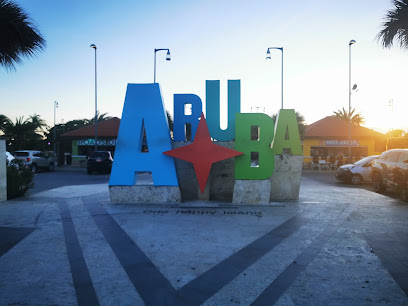
On The Rocks
Experience unforgettable sunsets and exquisite cuisine at On The Rocks, the perfect dining destination in Noord, Aruba.

I Love Aruba Sign
Capture unforgettable moments at the 'I Love Aruba' sign, a vibrant symbol of the island's beauty and culture in Oranjestad.
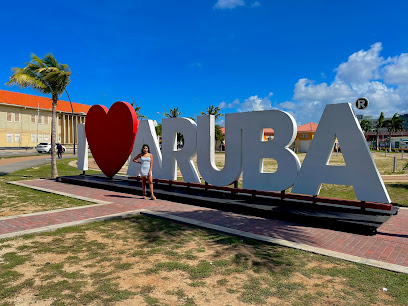
Alto Vista Winery & Distillery
Experience the essence of Aruba at Alto Vista Winery & Distillery, where breathtaking views and exquisite wines come together for an unforgettable visit.
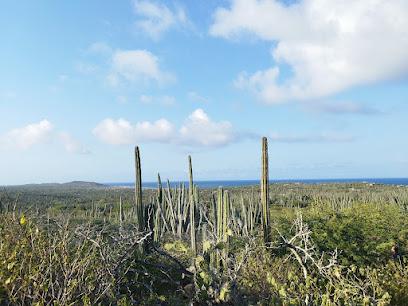
AGW TOURS ARUBA
Explore Aruba's breathtaking landscapes and vibrant culture with AGW Tours, your gateway to unforgettable adventures in paradise.
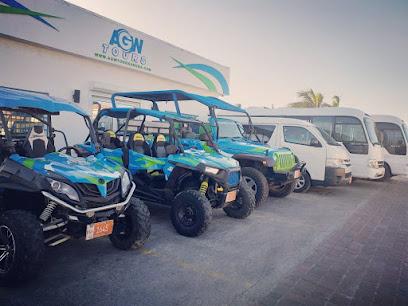
Clear Kayak Aruba
Explore Aruba's stunning coastline with Clear Kayak Aruba, where crystal-clear waters and vibrant marine life await your discovery.
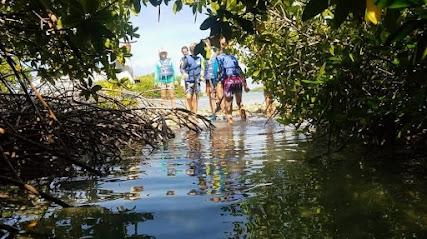
Bogart's chef's table Aruba
Discover the culinary masterpiece of Aruba at Bogart's Chef's Table, an intimate dining experience where flavors come to life.

L'Avenue Aruba
Experience the culinary delights of L'Avenue Aruba, where local flavors meet international cuisine in a charming setting.

Drunken Burger
Experience gourmet burgers with a Caribbean twist at Drunken Burger in Noord, Aruba, where flavor meets island vibe.

Boca Prins
Explore Boca Prins in Santa Cruz, Aruba: a hidden gem boasting rugged beauty, wild waves, and exhilarating outdoor adventures.
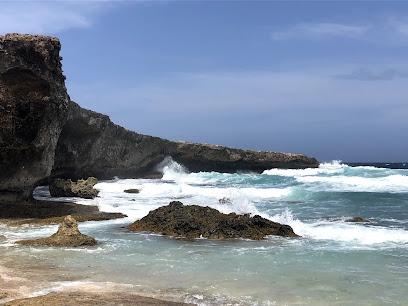
Ranchero Curason
Discover the heart of Aruba's culinary scene at Ranchero Curason, where authentic flavors and vibrant atmosphere meet for an unforgettable dining experience.
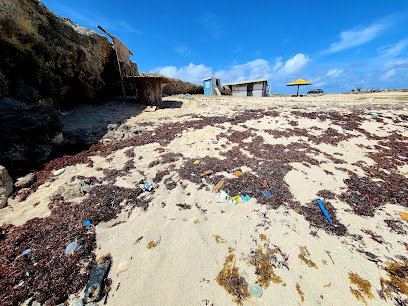
The Cove Mall
Discover a shopping haven at The Cove Mall in Aruba, where local culture meets international flair in a tropical paradise.
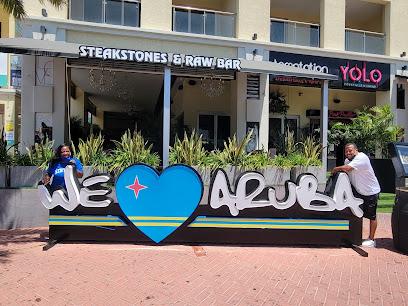
I love Christmas home
Experience the enchanting magic of Christmas year-round at I Love Christmas Home, San Nicolas, Aruba – a festive wonderland for all ages.
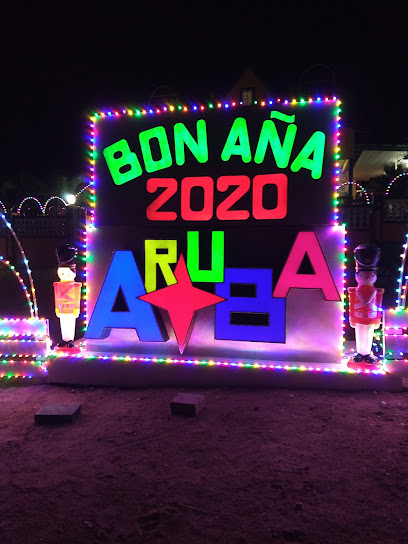
Essential places to dine
Flying Fishbone
Experience exquisite seafood and stunning ocean views at Flying Fishbone in Aruba, where every meal is a celebration of culinary artistry.

Passions On The Beach
Experience exquisite seafood dining with breathtaking ocean views at Passions On The Beach in Aruba.
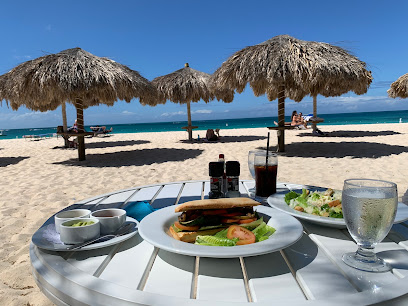
Madame Janette
Discover the flavors of Aruba at Madame Janette – where fine dining meets Caribbean charm in an unforgettable culinary experience.
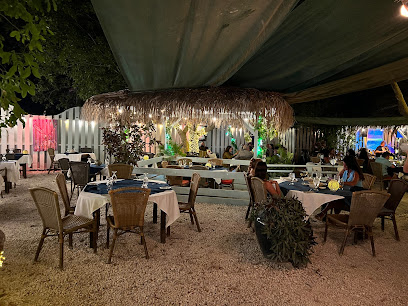
Faro Blanco Restaurant
Experience exquisite Italian dining at Faro Blanco Restaurant near California Lighthouse in Aruba, where stunning views meet authentic flavors.
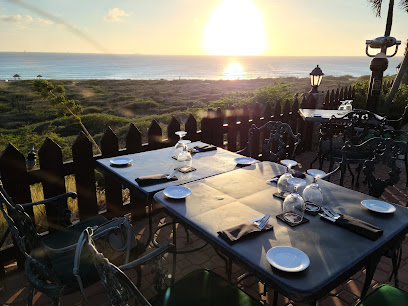
West Deck
Discover exquisite local cuisine at West Deck in Oranjestad - where stunning views meet flavorful dishes for an unforgettable dining experience.
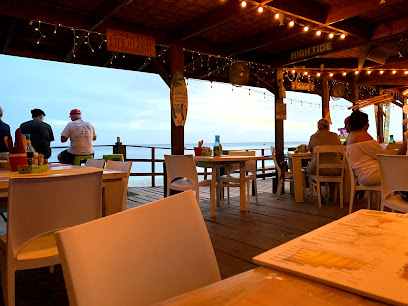
Barefoot Restaurant
Experience fine dining at Barefoot Restaurant in Aruba—where exquisite cuisine meets breathtaking beachfront views.
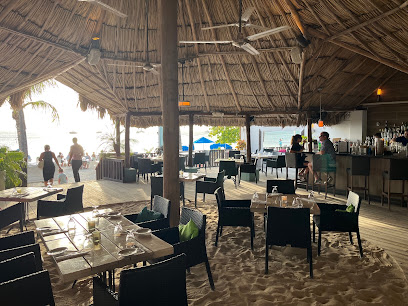
Wacky Wahoo's
Discover authentic seafood and Argentinian flavors at Wacky Wahoo's in Noord, Aruba - where every bite tells a story.
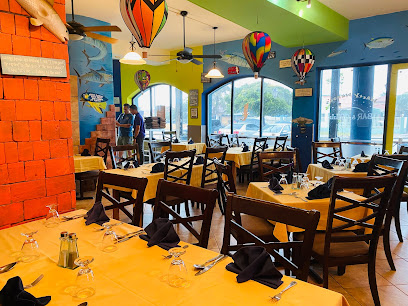
Yemanja Woodfired Grill
Experience the rich flavors of Caribbean cuisine at Yemanja Woodfired Grill in Oranjestad - where every meal is a celebration of taste.
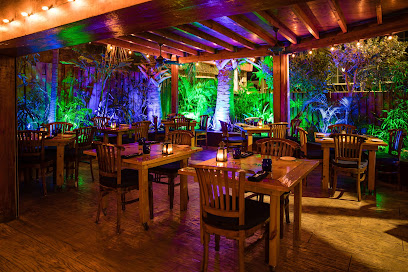
Kamini's Kitchen
Experience the taste of Aruba at Kamini's Kitchen – where authentic flavors meet warm hospitality.
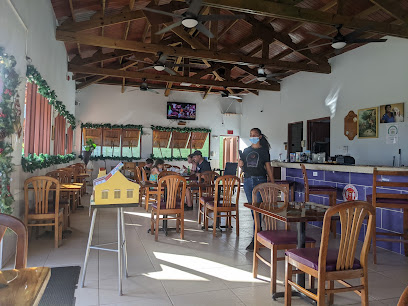
Pinchos Bar and Grill
Experience exquisite dining at Pinchos Bar and Grill in Aruba with stunning sunset views and delicious Caribbean cuisine.
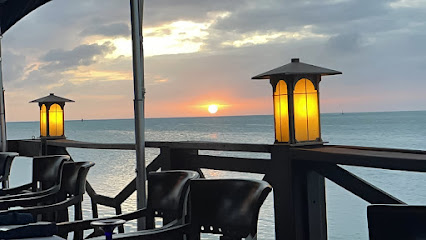
Pika's Corner Aruban Cuisine
Experience authentic Aruban cuisine at Pika's Corner - where local flavors meet warm hospitality in Noord.
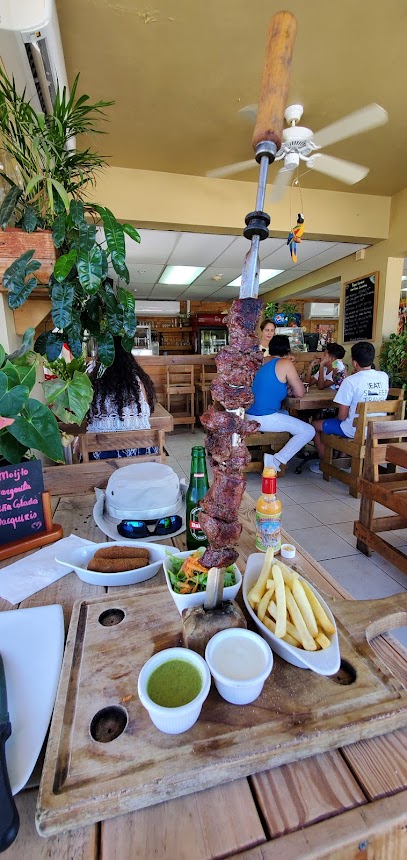
Quinta del Carmen
Discover the exquisite flavors of Aruba at Quinta del Carmen - where culinary art meets enchanting ambiance.
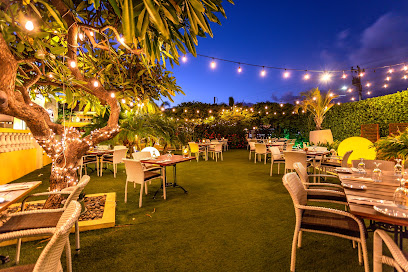
Papiamento Restaurant
Experience authentic Caribbean cuisine at Papiamento Restaurant in Aruba - where every dish tells a story.
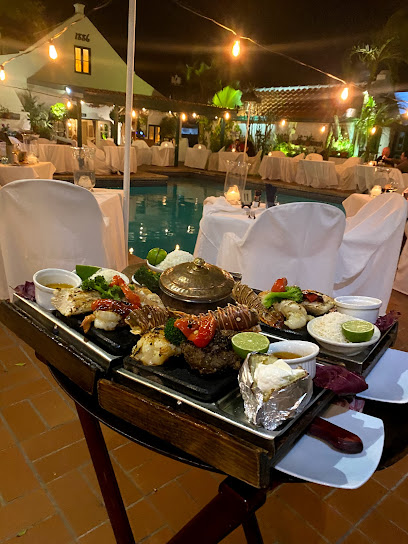
The Old Cunucu House Aruba
Experience authentic Caribbean cuisine at The Old Cunucu House in Noord, where tradition meets flavor in a charming setting.
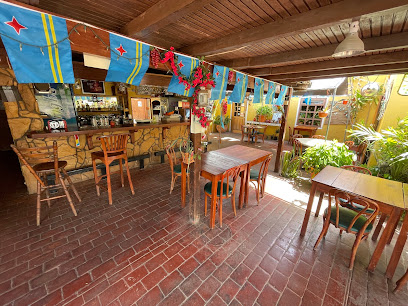
Azzurro Ristorante Italiano Aruba
Experience authentic Italian cuisine with stunning ocean views at Azzurro Ristorante Italiano in Aruba's Playa Linda Beach Resort.
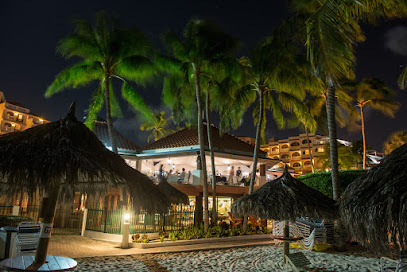
Markets, malls and hidden boutiques
Melz Fashion
Shop the latest trends and stylish accessories at Melz Fashion in Santa Cruz, Aruba - a fashion paradise for every traveler.

Aruba Store
Discover stylish and comfortable baby clothing at Aruba Store, the perfect shopping spot for families visiting San Nicolas, Aruba.
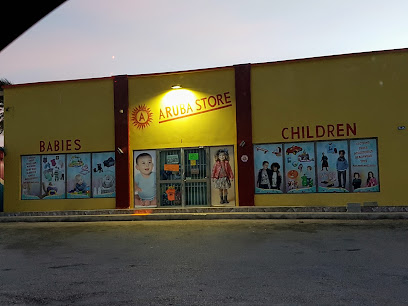
Shum's Store
Explore Shum's Store in Aruba for a magical selection of toys and games, perfect for kids and the young at heart.
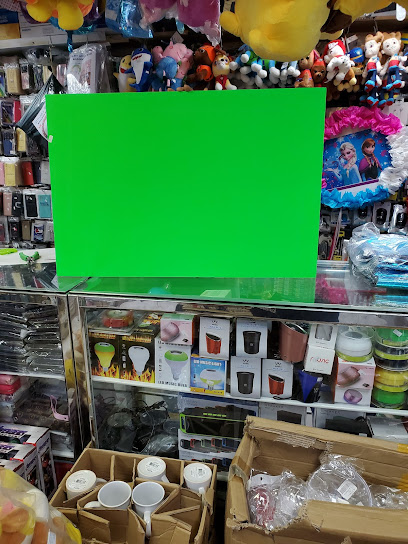
K&G Piedra Plat
Explore K&G Piedra Plat in Aruba for unique gifts, art supplies, and stylish women's clothing that capture the vibrant island spirit.

Creatique Art & Design
Explore Creatique Art & Design in Oranjestad, Aruba - a unique clothing store showcasing local style and vibrant island fashion.
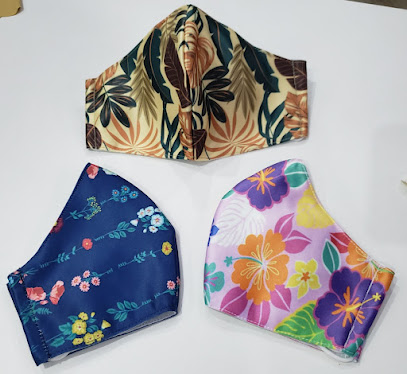
Exclusive Vintage Boutique
Explore the Exclusive Vintage Boutique in Aruba for unique, timeless clothing and accessories that capture the essence of vintage fashion.
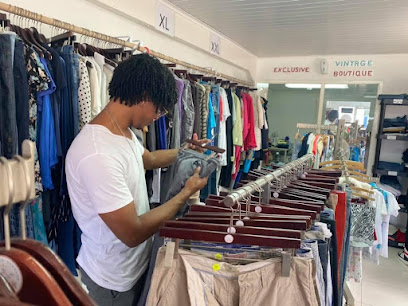
Curiosa By Caroll
Explore Curiosa By Caroll for unique gifts and enriching aromatherapy classes in the heart of Oranjestad, Aruba.
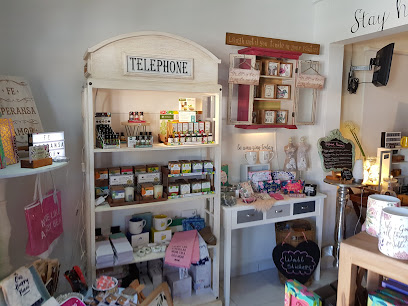
Mensonides Art Supply Aruba
Mensonides Art Supply in Santa Cruz, Aruba, is your destination for top-quality art supplies and local creativity.

Thirst-Aid Station
Discover unique souvenirs and refreshing beverages at the Thirst-Aid Station, a charming stop next to Aruba's Natural Bridge.
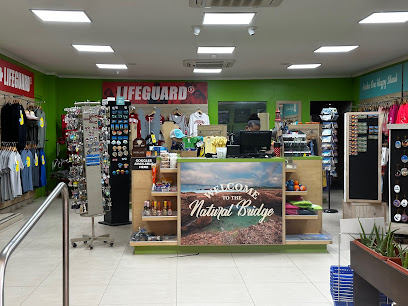
Boutique Keyla
Explore the vibrant fashion of Aruba at Boutique Keyla, your destination for island-inspired clothing and unique accessories.
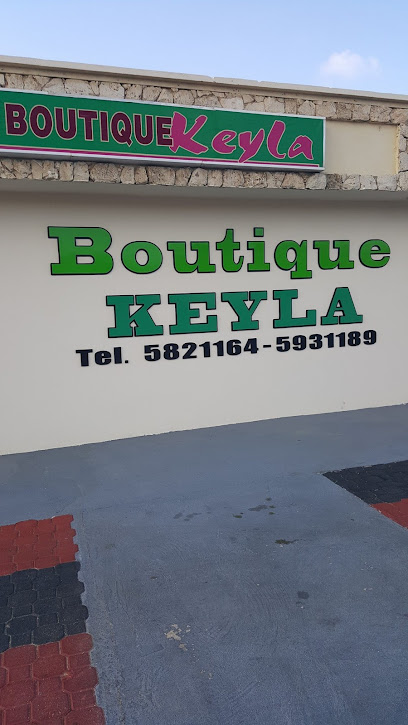
City Store
Explore the City Store in Santa Cruz, Aruba for unique clothing and vibrant souvenirs that capture the island's essence.

2 Palms Aruba
Explore 2 Palms Aruba for unique handcrafted treasures that embody the spirit of the island and support local artisans.
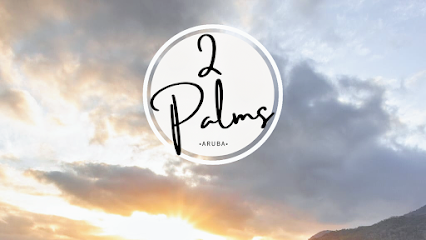
Colombian Emeralds Duty Free Shop Aruba
Explore the Colombian Emeralds Duty Free Shop in Aruba for exquisite jewelry and unbeatable duty-free prices, perfect for every traveler.
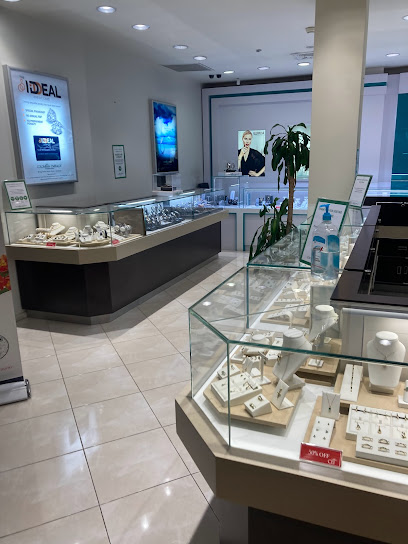
Make Believe Arts & Crafts Supply Store
Explore your creative side at Make Believe Arts & Crafts Supply Store, the ultimate destination for art supplies in Aruba.
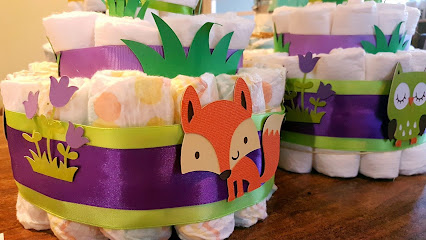
Coconuts De Palm Island
Discover authentic Aruba treasures at Coconuts De Palm Island, a vibrant gift shop brimming with local culture and island essentials.
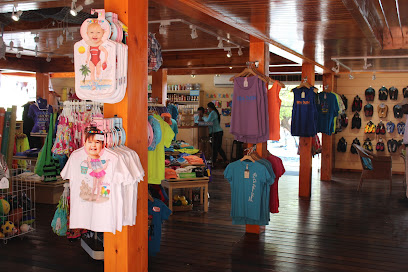
Essential bars & hidden hideouts
Charlie's Bar and Restaurant
Experience the vibrant flavors and warm hospitality of Aruba at Charlie's Bar and Restaurant, a beloved local gem in San Nicolas.
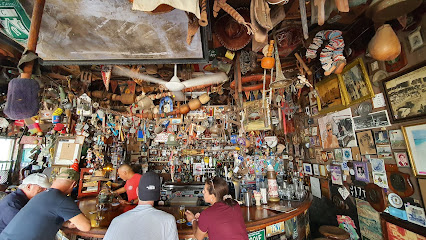
Rum Reef
Experience the vibrant flavors and stunning views at Rum Reef, a Caribbean grill overlooking Baby Beach in San Nicolas, Aruba.
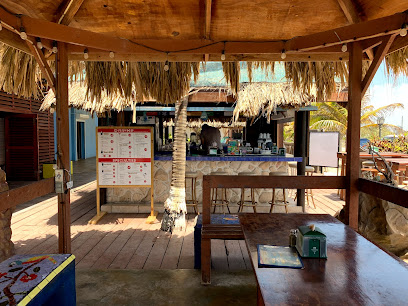
Mangel Halto Bar
Discover the vibrant atmosphere and delightful drinks at Mangel Halto Bar, a hidden gem in Aruba's Savaneta region.
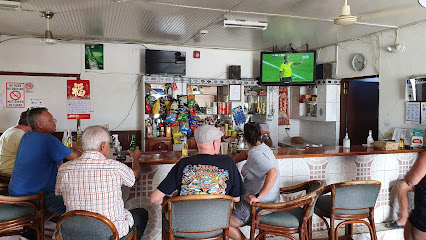
Irian Restaurant Bar
Explore Irian Restaurant Bar in Savaneta for an authentic Aruban dining experience filled with vibrant flavors and lively entertainment.
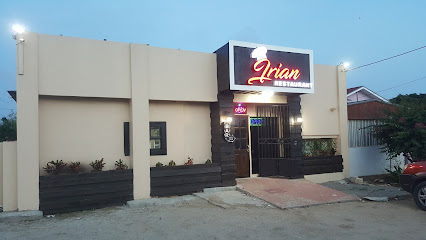
Ebby's Place Bar Restaurant
Savor the authentic taste of Aruba at Ebby's Place Bar Restaurant, where grilled delights meet a vibrant atmosphere in San Nicolas.
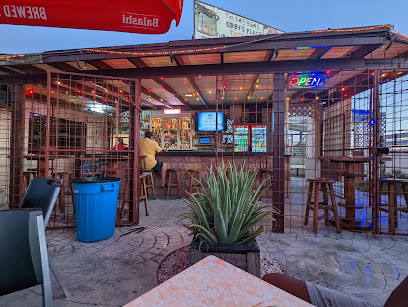
Caribbean Bar
Discover the vibrant nightlife and refreshing cocktails at Caribbean Bar in San Nicolas, Aruba - your perfect spot for a lively evening out.
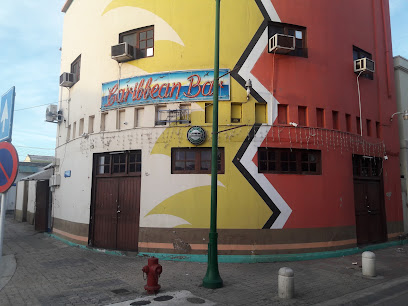
Julio's Snacks & Poolbar
Discover the essence of Aruba's nightlife at Julio's Snacks & Poolbar, where vibrant atmosphere meets delicious snacks and refreshing drinks.
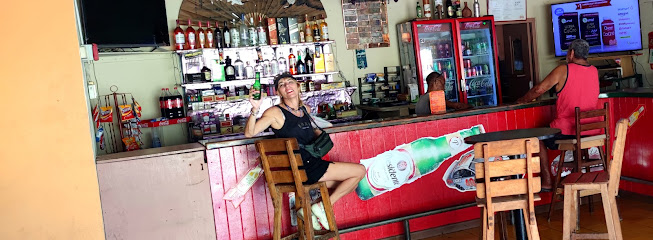
Aruba Rumshop
Unwind at Aruba Rumshop, where vibrant atmosphere meets the finest selection of local rums in San Nicolas, Aruba.
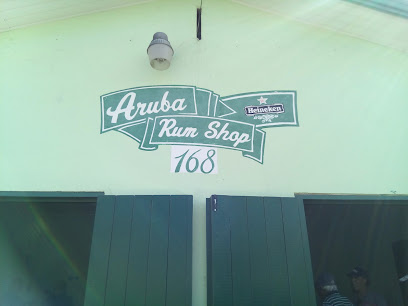
Terrace Bar & Cafe
Experience the vibrant flavors and stunning views at Terrace Bar & Cafe in Savaneta, Aruba – a must-visit for food lovers and sunset seekers.
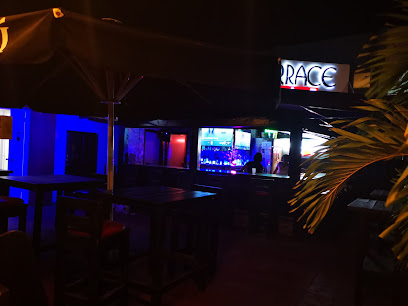
American Bar
Discover the lively American Bar in San Nicolas, Aruba, where refreshing drinks meet the vibrant local nightlife in a welcoming atmosphere.
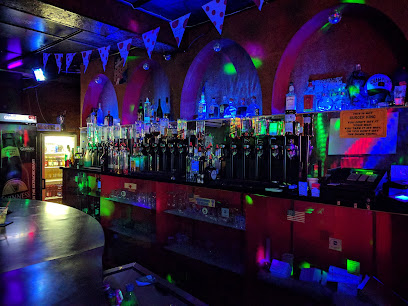
Carolina's Bar
Discover the vibrant atmosphere of Carolina's Bar in San Nicolas, where refreshing drinks and local culture come together for an unforgettable Aruban experience.
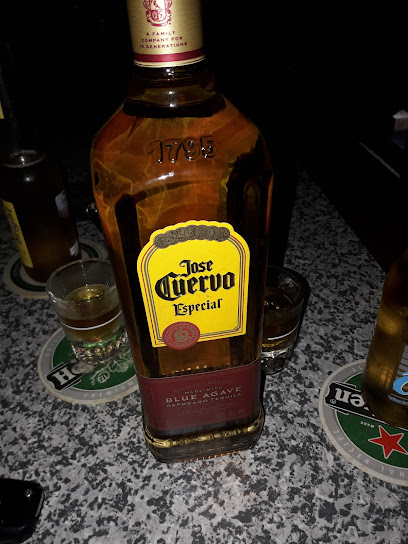
Unique Cocktail Lounge
Experience tropical bliss at the Unique Cocktail Lounge, where expertly crafted cocktails and vibrant ambiance await in Palm Beach, Aruba.
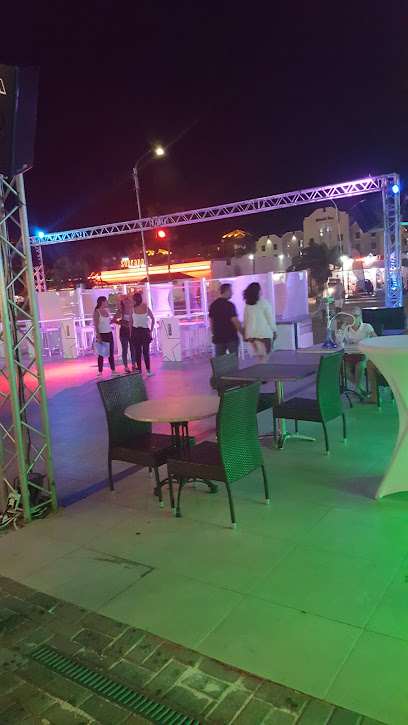
Papa Cigar Bar
Discover the vibrant nightlife and unique cigar selection at Papa Cigar Bar in San Nicolas, Aruba, where relaxation meets local culture.
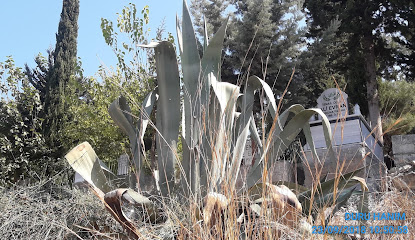
Black & White Bar
Experience the vibrant nightlife at Black & White Bar in San Nicolas, where lively atmosphere and refreshing drinks come together for an unforgettable evening.

Kong wa bar restaurant
Experience the vibrant nightlife of San Nicolas at Kong Wa Bar, where friendly vibes and refreshing drinks await every visitor.

Local Phrases about Fontein Cave
-
- HelloBon dia
[bon dee-ah] - GoodbyeAyo
[ah-yo] - YesSi
[see] - NoNo
[no] - Please/You're welcomePor fabor
[por fah-bor] - Thank youDanki
[dahn-kee] - Excuse me/SorryPardon
[par-don] - How are you?Con ta bay?
[kon ta bahy] - Fine. And you?Bon. Y bo?
[bon. ee bo] - Do you speak English?Bo ta papia Ingles?
[bo ta pa-pee-ah een-gles] - I don't understandMi no ta compronde
[mee no tah kom-pron-deh]
- HelloBon dia
-
- I'd like to see the menu, pleaseMi kier mira e menu, por fabor
[mee keer mee-rah eh meh-noo por fah-bor] - I don't eat meatMi no ta come cuminda di karni
[mee no tah koh-meh koo-min-dah dee kahr-nee] - Cheers!Salud!
[sah-lood] - I would like to pay, pleaseMi kier paga, por fabor
[mee keer pah-gah por fah-bor]
- I'd like to see the menu, pleaseMi kier mira e menu, por fabor
-
- Help!Yuda!
[yoo-dah] - Go away!Bai leu
[bahy lay-oo] - Call the Police!Yama polis!
[yah-mah poh-lees] - Call a doctor!Yama un dokter!
[yah-mah oon dok-ter] - I'm lostMi a perde
[mee ah pehr-deh] - I'm illMi ta malu
[mee tah mah-loo]
- Help!Yuda!
-
- I'd like to buy...Mi kier cumpra...
[mee keer koom-prah] - I'm just lookingMi ta solamente mira
[mee tah soh-lah-men-teh mee-rah] - How much is it?Con ta costa esaki?
[kon tah koh-stah eh-sah-kee] - That's too expensiveEsaki ta muchu caro
[eh-sah-kee tah moo-choo kah-roh] - Can you lower the price?Bo por baha e preis?
[boh por bah-hah eh preis]
- I'd like to buy...Mi kier cumpra...
-
- What time is it?Con hora ta?
[kon oh-rah tah] - It's one o'clockTa un ora
[tah oon oh-rah] - Half past (10)Mitad di dies
[mee-taht dee dees] - MorningMadruga
[mah-droo-gah] - AfternoonAtardi
[ah-tar-dee] - EveningAnochi
[ah-noh-chee] - YesterdayDi ayera
[dee a-yeh-rah] - TodayAwe
[ah-weh] - TomorrowManjan
[mahn-han] - 1Uno
[oo-no] - 2Dos
[dohs] - 3Tres
[trehs] - 4Cuater
[kwa-ter] - 5Cinco
[seen-koh] - 6Seis
[says] - 7Siete
[syeh-teh] - 8Ocho
[oh-cho] - 9Nuebe
[nweh-beh] - 10Diez
[dee-ehs]
- What time is it?Con hora ta?
-
- Where's a/the...?Unda ta e...?
[oon-dah tah eh] - What's the address?Con ta e adres?
[kon tah eh ah-dres] - Can you show me (on the map)?Bo por mustra mi (riba e mapa)?
[boh por moos-trah mee ree-bah eh mah-pah] - When's the next (bus)?Con ora e siguiente (bus)?
[kon oh-rah eh see-gwee-en-teh boos] - A ticket (to ....)Un boleto (pa ....)
[oon bo-leh-toh pah]
- Where's a/the...?Unda ta e...?
History of Fontein Cave
-
Long before Aruba became a popular tourist destination, the island was home to the indigenous Arawak people, known as the Caquetío. Fontein Cave holds significant cultural importance due to the petroglyphs found on its walls. These ancient rock drawings, which depict various symbols and figures, provide a glimpse into the spiritual and daily lives of the island's earliest inhabitants.
-
In the early 16th century, Spanish explorers arrived in the Caribbean, including Aruba. The Spanish noted the natural beauty and resources of the island, including the caves. Fontein Cave was one of the natural formations that intrigued these explorers. While they did not settle permanently, their arrival marked the beginning of European interest in Aruba.
-
In 1636, Aruba fell under Dutch control. During the Dutch colonial period, Fontein Cave continued to be a place of interest, particularly for researchers and explorers. The Dutch were keen on documenting and preserving the natural and cultural heritage of their colonies. This period saw the first formal studies of the cave’s petroglyphs and geological formations.
-
During World War II, Aruba played a critical role due to its oil refineries, which supplied fuel to the Allied forces. Fontein Cave, along with other natural shelters, was used by locals as a place of refuge during air raids. This period added a layer of historical significance to the cave, as it became a symbol of resilience for the Aruban people.
-
Today, Fontein Cave is managed by Arikok National Park. Efforts have been made to preserve the cave's historical and cultural artifacts, including the petroglyphs. The park offers guided tours that educate visitors about the cave's rich history and cultural importance. Modern preservation efforts aim to ensure that Fontein Cave remains a cherished historical site for future generations.
Fontein Cave Essentials
-
Fontein Cave is located within Arikok National Park in Aruba. The closest airport is Queen Beatrix International Airport (AUA) in Oranjestad, which is approximately 20 kilometers away. From the airport, you can rent a car, take a taxi, or join a guided tour that includes transportation to the cave. Driving is the most convenient option, and the journey takes about 30 minutes.
-
To reach Fontein Cave, renting a car is highly recommended as it allows flexibility to explore other parts of Arikok National Park. Taxis are also available but can be more expensive. If you prefer not to drive, consider booking a guided tour that includes transportation. Public transportation options are limited, but the Arubus service can take you to nearby towns, from where you may need a taxi or shuttle to reach the cave.
-
The official currency in Aruba is the Aruban Florin (AWG), though US dollars are widely accepted. It's advisable to carry some cash for entrance fees and small purchases, as not all vendors accept credit cards. ATMs are available in major towns and tourist areas, but may not be readily accessible within the national park.
-
Aruba is generally a safe destination for tourists. However, standard precautions should be taken. Avoid leaving valuables in your car and be cautious in less populated areas. While the crime rate targeting tourists is low, it is best to stay vigilant, especially at night. Stick to well-lit, populated areas and avoid isolated parts of the park after dark.
-
In case of an emergency, dial 911 for immediate assistance. The nearest medical facilities are in Oranjestad, including the Dr. Horacio E. Oduber Hospital. It is advisable to have travel insurance that covers medical emergencies. For minor health issues, pharmacies in nearby towns can provide over-the-counter medications.
-
Fashion: Do wear comfortable, breathable clothing suitable for hiking and exploring caves. Avoid wearing high heels or flip-flops. Religion: Do respect the site and any cultural rules or guidelines provided. Public Transport: Do be patient if using limited public transport options. Don't expect frequent service to remote areas. Greetings: Do greet locals with a friendly 'Bon dia' (Good morning) or 'Bon tardi' (Good afternoon). Eating & Drinking: Do try local delicacies and drink plenty of water to stay hydrated. Don't litter; always dispose of trash properly.
-
To experience Fontein Cave like a local, visit early in the morning to avoid crowds and the midday heat. Bring a flashlight to better appreciate the cave's ancient petroglyphs. Don't miss the nearby Boca Prins and Dos Playa beaches for a relaxing end to your day. Engage with park rangers and guides, who can provide fascinating insights into the cave's history and natural features.
Nearby Cities to Fontein Cave
-
Things To Do in Savaneta
-
Things To Do in Pos Chiquito
-
Things To Do in San Nicolas
-
Things To Do in Paradera
-
Things To Do in Sero Blanco
-
Things To Do in Tanki Leendert
-
Things To Do in Oranjestad
-
Things To Do in Noord
-
Things To Do in Palm Beach
-
Things To Do in Sabana Westpunt
-
Things To Do in Westpunt
-
Things To Do in Soto
-
Things To Do in Barber
-
Things To Do in Sint Michiel
-
Things To Do in Julianadorp







